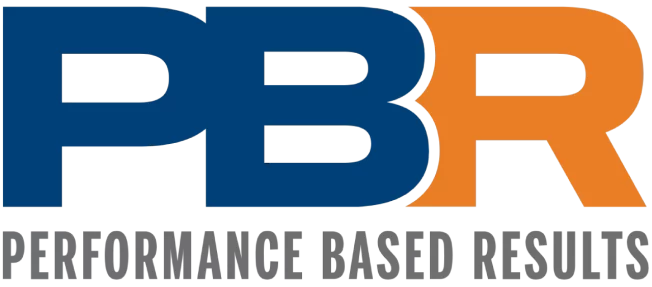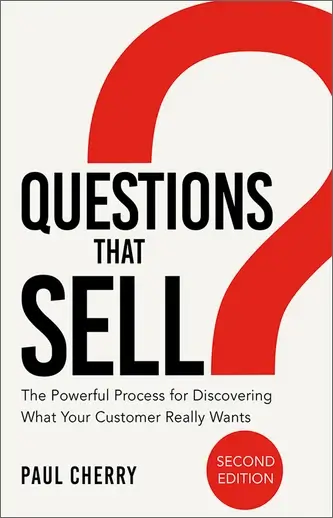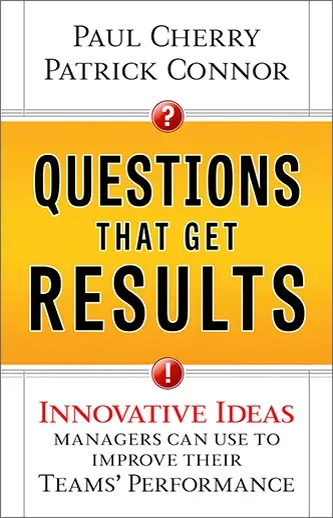Through value selling, sales pros need to demonstrate to customers that sometimes the higher price is actually a better solution. – a higher value!
I know a long-married couple, Sam and Sarah, who have very different takes on value. Growing up wealthy, Sarah could afford to buy expensive, well-made shoes that would last for years. Growing up poor, Sam had only been able to buy the cheapest shoes he could afford – and keep on buying them, since they kept on falling apart within a few months. It’s easy for people like Sam to confuse price with value, where the lower-priced item turns out not to be the best value.
Common value selling obstacles
- Customers who are shortsighted or in fire-fighting mode who can’t see the bigger picture.
- Customers whose self-interest may be in direct conflict with their organization’s goals.
- Customers who are merely the middle-man and not the decision-maker.
- Customers, hard-nosed buyers or purchasing agents who attempt apple-to-apple comparisons.
Step One: Research your customers wisely
The first step in value selling is determining which customers are viable candidates. Your products and services may not be for everyone. In the Research module of my Sales Bridge model, it is emphasized that before trying to make a sale, you must identify the key factors that impact your customer’s business.
Studies show that one-third of potential clients will always be hung up on price, while the other two-thirds are receptive to what a salesperson has to offer. Careful research and planning will allow you focus on customers that have the potential to buy.
Step Two: Build rapport and discover what customers value
When dealing with potential customers, the Sales Bridge model shows that a sales rep needs to develop rapport with the prospect, then discover what the prospect really needs. Don’t overwhelm a potential customer with too much product information right off the bat. In fact, at first don’t try to sell anything – let the customer do most of the talking. By having a meaningful conversation, your customer will eventually tell you what they need, not vice-versa.
Of course, the key to meaningful customer discussions is asking questions. However, thought-provoking, insightful questions can sometimes run the risk of taking a potential customer out of their comfort zone. But if you ask the right questions, the pay-off can be enormous! You’ll open up your customer’s mind to think beyond price alone – and start looking at the big picture. Additional reading: Questions That Sell workshop
Furthermore, mastering the skills to conduct these value-discovering customer conversations will help develop you as a trusted advisor and problem-solver, not just an order-taking customer service sales rep.
Take a look at these sample questions:
- Let’s put price aside for the moment and talk about value. So share with me what value means to you and others in your organization?
- Can you explain to me what the ideal outcome looks like and how that compares to your current situation?
- Would you tell me about the things that are important to you when it comes to getting the best value for your money?
Step Three: Present value-added solutions
Now that you have set the foundation for a meaningful customer relationship, it’s time to present a solution that will deliver value to your new client.
Customers today are more savvy. It is not uncommon for prospects to have already done research on their own. For instance they may have already watched nine videos on the Internet about your product. It is no longer OK to have a general familiarity with your company’s products or services. The Solution module of the Sales Bridge model states, to move beyond price, you must get a greater understanding of your customers’ needs including their history, strengths, weaknesses, and what they value to remain competitive in their markets.
Recent customer surveys report that clients want three things from their sales reps:
- Listen & understand my needs
- Show me case studies and success stories that demonstrate ROI
- Be a value-added resource
Companies are not in the business to save money — they’re in the business to meet performance targets and generate revenue. That’s why value selling is so vital, you’ve got to challenge customers and get them thinking about profitability. When value selling a product or solution, lead customers to the answers to the following questions:
- How will this product or solution help your customers minimize their risks, enhance their success, free-up valuable time or resources, and eliminate headaches?
- How will they reduce their total cost? For example, you can reduce overhead by X and thus enhance quality output by Y. Suddenly, that criterion impacts on lowering the total cost.
- How will you help your customers improve their profitability?
- What does your product or service do that the others don’t, and can be quantified to demonstrate that you’re saving your customer money, even though yours may be the higher-priced solution?
Step Four: Closing the deal by presenting value
Another important factor is to help your customer realize their current situation is not always simplistic. In the Sales Bridge Commitment phase is states that, as the sales rep, it’s your job to communicate this fact. A problem that seems minor, or unrelated to another problem, is usually more serious and will have a cascading effect if not dealt with. For instance, your customer may think he is angle-deep in floodwater, but in reality, he is waist-deep. Again, it’s your job as the sales rep to clarify the big-picture outlook. When closing the deal, as a deterrent for customers choosing the cheaper price over the higher price, you must convince the customer that your product will deliver continuing value. Closing a sale successfully marks the beginning of a long and perennial relationship between you and your customer.
Step Five: Become a trusted “value-giving” advisor
Remember, the most important factor in value selling is to establish factors that have a direct impact on the customer’s bottom line, otherwise, the sales discussion will undoubtedly regress back to price alone. Helping your customers gain value from your insights and solutions will help establish you as a partner in your client’s success. As time goes on, and situations evolve, your customers will be receptive to listening to how you can add even more value. By mastering value selling skills, you’ll be a true solution-maker for your customers. You’ll become a confident value-selling expert.
This post has been updated by Paul Cherry with all new material.
It was originally posted on August 4, 2012.
Paul Cherry can be contacted at 302‑478‑4443 or, by email.






